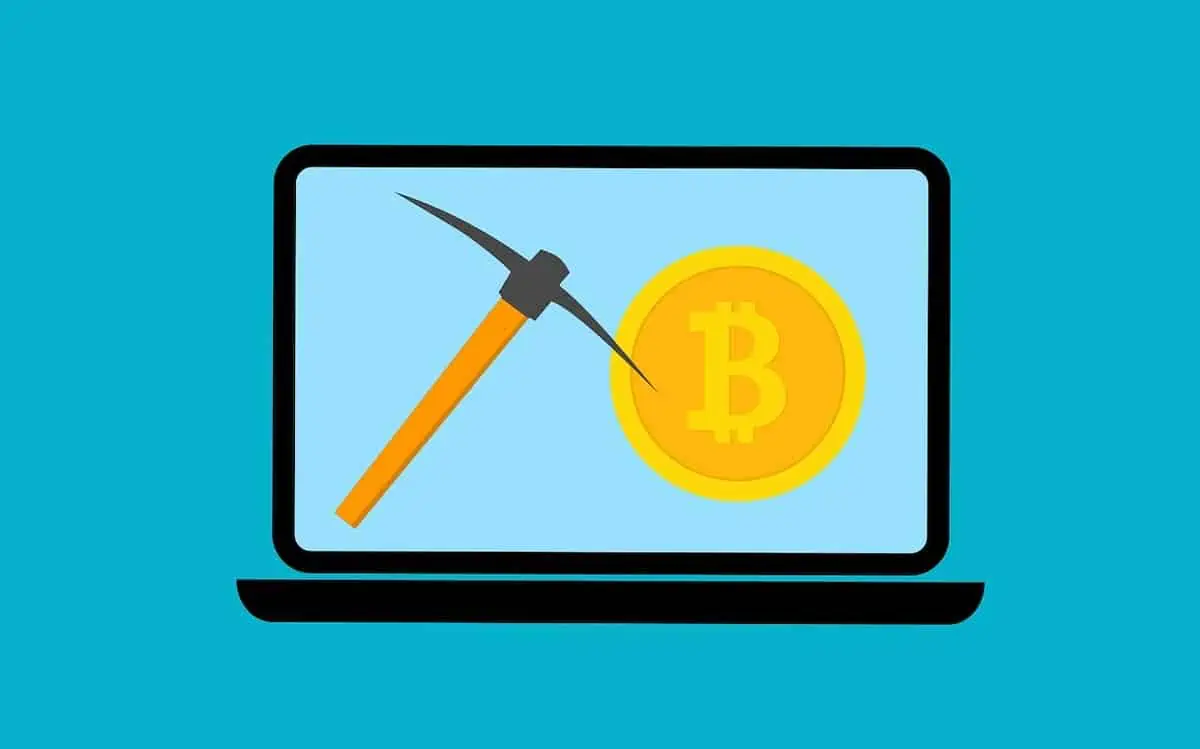Amidst the constantly evolving intersection of finance and technology has risen as a transformative. This digital asset, known for its innovative nature, has garnered the interest of investors and technology enthusiasts alike.
While the term “mining” might evoke images of historical prospectors, contemporary Bitcoin mining encompasses a sophisticated process of transaction validation and network security.
This comprehensive article offers an in-depth exploration of the realm of Bitcoin mining, shedding light on its profound importance, the intricate mechanisms underpinning it, and the considerable wealth it has the potential to generate.
If you’re considering entering the world of cryptocurrency trading, it’s wise to choose a reliable exchange like Bitcoin GPT for a secure trading experience.
The Genesis of Bitcoin Mining
Bitcoin: A Brief Overview
Emerging through the enigmatic Satoshi Nakamoto in 2008, Bitcoin heralded the dawn of decentralized digital currency. It’s crucial to recognize that Bitcoin diverges from conventional currencies by sidestepping central authorities for issuance.
Instead, it hinges on a dispersed network of computers, collaborating to authenticate and log transactions, ensuring transparency and security through consensus protocols like proof-of-work or proof-of-stake.
The Role of Miners
Within this intricate framework, Bitcoin mining assumes a pivotal role. Miners, comprising individuals or entities, commit computational prowess to unravel intricate mathematical enigmas.
This process of deciphering not only substantiates transactions but also assembles them into cohesive blocks, culminating in the formation of the blockchain—an immutable ledger impervious to manipulation. In recognition of their endeavors, miners garner rewards in the form of freshly minted Bitcoins, coupled with transaction fees, thus fueling the sustenance and security of the entire network.
The Mining Process: Unveiling the Mechanics
Proof of Work: A Mining Foundation
Bitcoin mining operates on a consensus mechanism called Proof of Work (PoW). Miners compete to solve intricate mathematical problems, and the first one to find the solution gets to add the next block to the blockchain. This process ensures the integrity and security of the network.
Mining Rig Setup
Mining requires specialized hardware known as mining rigs. These rigs consist of high-performance processors and graphic cards, designed to handle the complex calculations involved in mining. As the difficulty of puzzles increases, miners need more computational power to stay competitive.
The Halving Event
To maintain scarcity and control inflation, Bitcoin has a fixed supply of 21 million coins. Approximately every four years, a halving event occurs, reducing the reward miners receive for adding a new block. This scarcity mechanism adds a layer of intrigue to Bitcoin mining’s long-term potential.
Unveiling the Prospects: Wealth Generation with Bitcoin Mining
Lucrative Rewards
In the early days of Bitcoin, mining could be done using standard CPUs. However, as interest surged and technology advanced, the process became more competitive.
Today, successful mining operations require substantial investments in hardware, electricity, and cooling solutions. The potential rewards, though, can be significant, especially when considering the appreciation of Bitcoin’s value over time.
Calculating Potential Profits
Calculating potential mining profits involves various factors – from the current Bitcoin price and mining difficulty to electricity costs and hardware efficiency. Numerous online calculators help miners estimate potential earnings, providing valuable insights into the viability of their operations.
Navigating Challenges
While the allure of Bitcoin mining’s financial rewards is compelling, it’s essential to acknowledge the challenges. The initial investment in equipment and energy costs can be substantial. Additionally, the competitive nature of mining means that staying profitable requires continuous optimization and adaptation.
The Future Landscape: Evolving Trends in Bitcoin Mining
Renewable Energy Integration
One of the most significant criticisms of Bitcoin mining is its energy consumption. In response, many miners are exploring renewable energy sources to power their operations. This transition not only addresses environmental concerns but also ensures the long-term sustainability of the mining industry.
Rise of Mining Pools
As individual mining becomes increasingly challenging, many miners are joining forces by participating in mining pools. These collaborative efforts allow miners to combine their computational power and share rewards based on their contributions. Mining pools democratize the process, making it accessible to a broader audience.
Conclusion: Navigating the Digital Frontier
Embedded within the broader panorama of the financial realm, Bitcoin mining stands as a distinctive amalgamation of technology, financial dynamics, and pioneering ingenuity.
The enticement of amassing wealth through active engagement in the validation and fortification of a decentralized network has ensnared the interest of both individual enthusiasts and institutional players.
Tracing its evolution from the nascent stages of mining utilizing regular CPUs to the contemporary landscape defined by specialized mining rigs and the integration of sustainable energy sources, the expedition of the digital prospector remains in a state of continual metamorphosis, reflective of the ever-progressing nature of this dynamic domain.
Article and permission to publish here provided by Jean Nichols. Originally written for Supply Chain Game Changer and published on October 9, 2023.
Cover image by Mohamed Hassan from Pixabay

